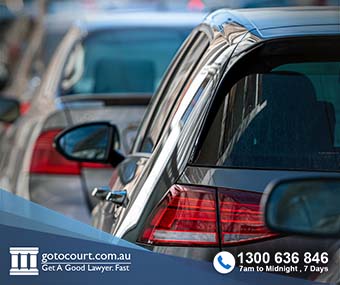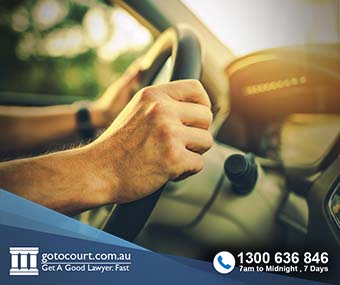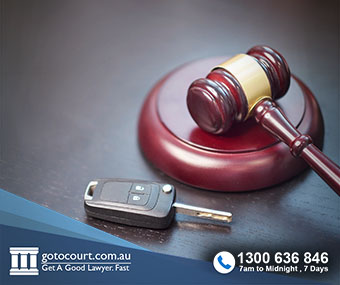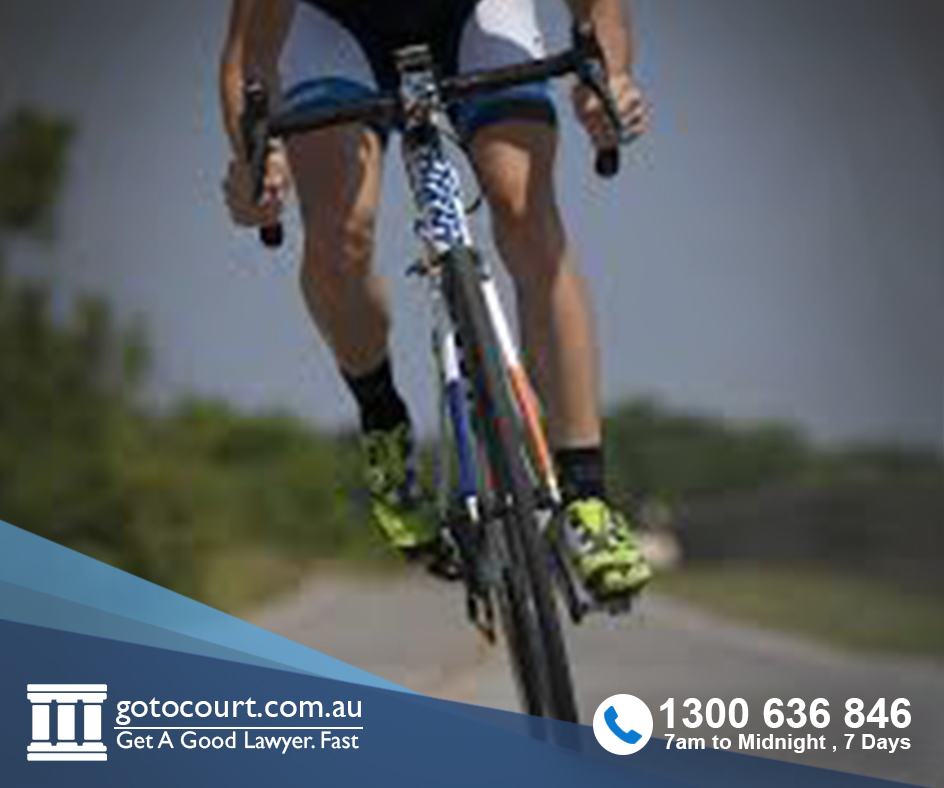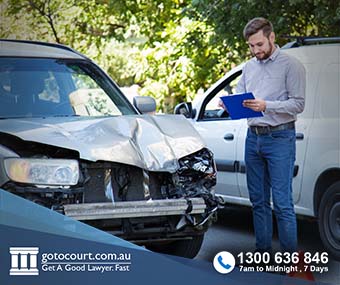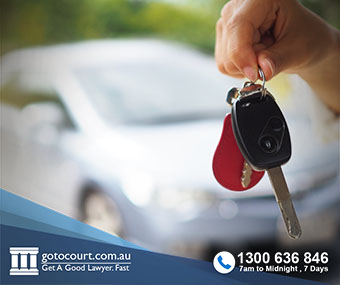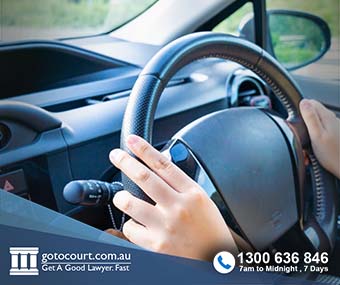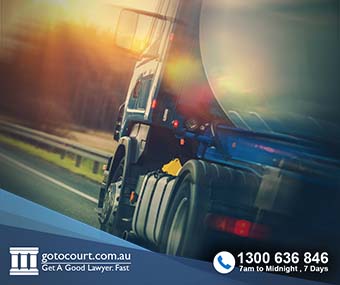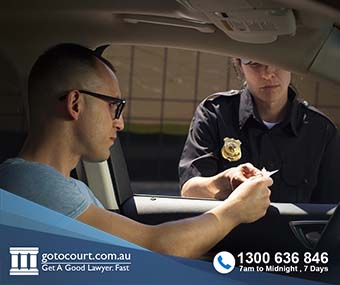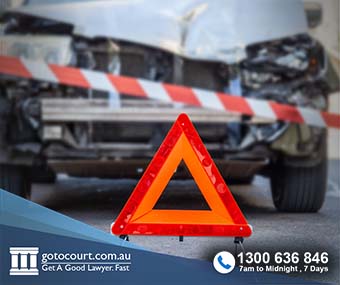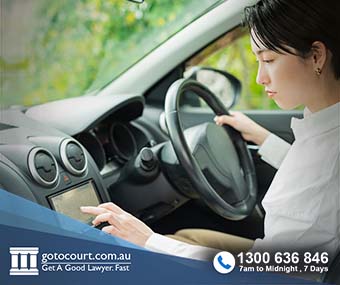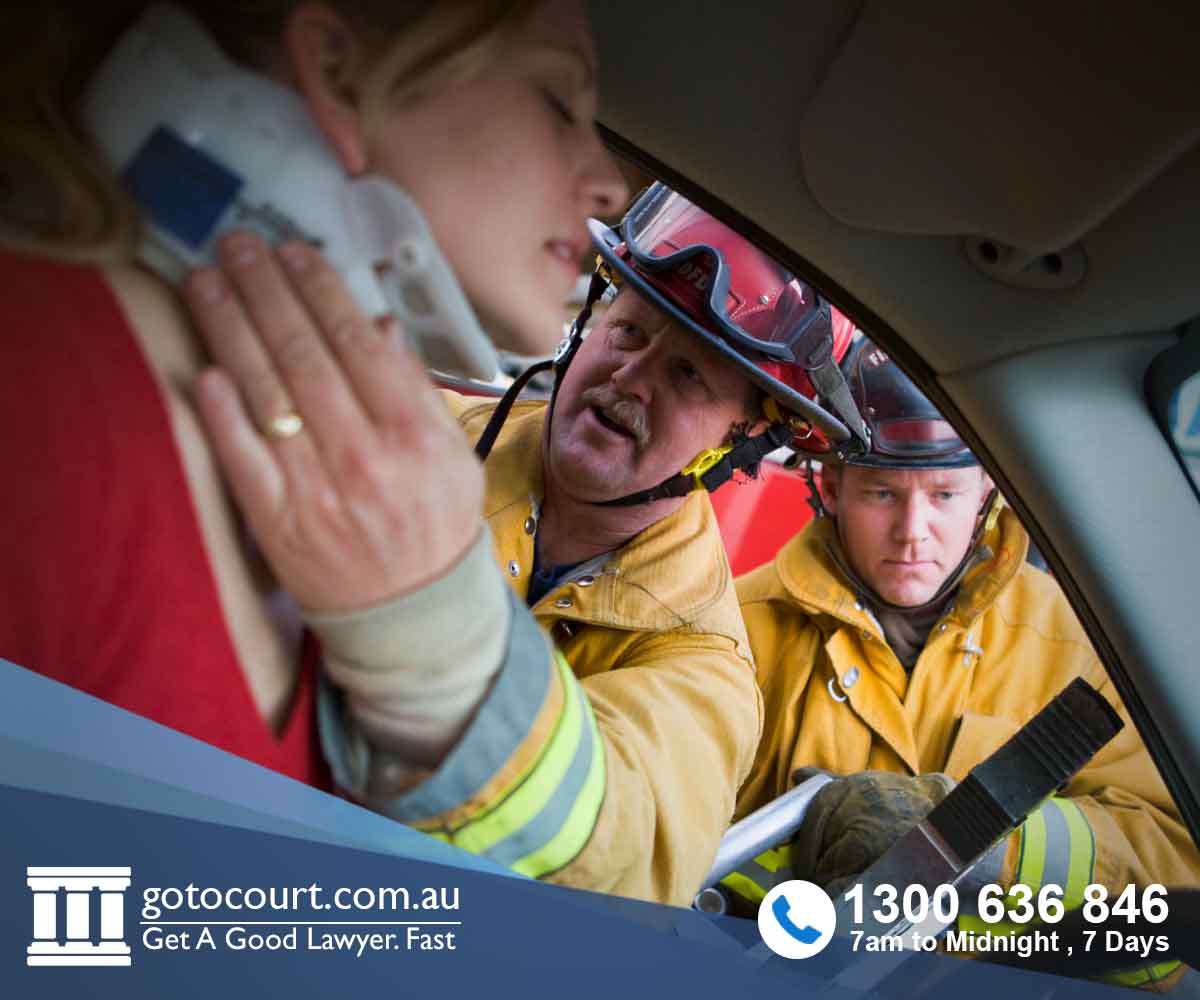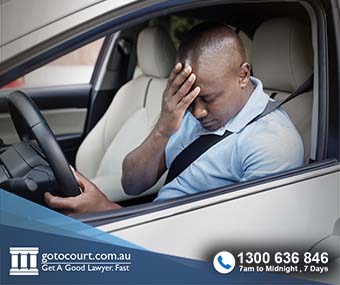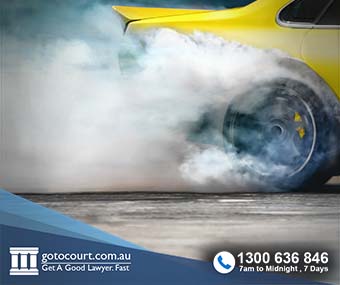Cyclists in South Australia – The Rules
Cyclists in South Australia – The Rules
Cyclists in South Australia must obey the same road rules as motorists as well as some extra rules that apply only to cyclists. When cyclists ride on a bike path or a shared path there are also rules they must abide by. The laws around riding bicycles are set out in the Australian Road Rules.
What is a bicycle?
A bicycle is classified as a road vehicle under Section 15 of the Australian Road Rules. A bicycle must be properly maintained so that it is safe for the rider and other road users. A bicycle can be powered by a motor. It must have at least one effective brake, and a bell, horn or another warning device. When riding, you must wear a helmet properly adjusted and securely fastened (Section 256).
When riding at night or in hazardous weather, cyclists in South Australia must wear:
- A flashing white light at the front that is visible for at least 200 metres;
- A red tail light that is clearly visible for at least 200 metres from the rear;
- A red reflector that is clearly visible for at least 50 meters from the rear of the bicycle.
Road rules for bicycles
Cyclists in South Australia have the same responsibilities on the road as motorists and must obey the same road rules. There are also some road rules that apply only to cyclists. Cyclists can be charged with traffic offences in the same way as drivers. This includes incurring demerit points on your driver’s licence (if you have one). If you don’t have a driver’s licence you can still incur demerit points which can disqualify you from obtaining a licence in the future.
Keeping left
You must keep as close as reasonably practicable to the left side of the road except when making a right turn, when overtaking or where the road is divided into lanes.
Safe passing distance
Motorists must leave a minimum distance of 1 metre of space when passing a cyclist traveling in the same direction on roads where the speed limit if over 60km/h. Motorists may cross dividing lanes in order to safely pass a cyclist provided the motorist has a clear view of oncoming traffic.
‘No bicycles’ signs
Cyclists in South Australia must not ride on a stretch of road or path where a ‘No bicycles’ sign applies.
Hand signals
Cyclists in South Australia must use hand signals before turning right or changing lanes to the right.
Bicycle lanes
If you are riding on a road where a bicycle lane is provided, you must ride in the bicycle lane unless you need to move out of the lane to overtake another cyclist or to avoid debris or potholes. Other road users may use the bicycle lane only when stopping in an emergency, entering or leaving a property or another road, overtaking a vehicle turning right or making a U-turn, avoiding an obstruction, or (in the case of a bus or taxi) dropping off passengers.
Riding abreast
Two cyclists may ride abreast on a road but they must not ride more than 1.5 metres apart. Three or more bicycles must not ride abreast, but a cyclist may overtake two cyclists who are riding abreast.
Bicycle storage areas
Bicycle storage areas, or ‘bike boxes’, are a safety feature provided at some intersections to make cyclists more visible to drivers. They are an area painted green with a white bicycle symbol. Cyclists wanting to turn left at the intersection must keep to the left of the bike box. Cyclists wanting to turn right must keep to the right of the bike box.
Passing vehicles on the left
Cyclists in South Australia must not overtake on the left of a vehicle that is turning left. However, a cyclist may overtake a vehicle that is signaling an intention to turn left provided it has not yet started to make the turn.
Crossings
Cyclists may ride across foot crossings, school crossings and pedestrian crossings, but must keep to the left and give way to pedestrians. Cyclists must obey the pedestrian or bicycle crossing lights.
Riding on paths
When riding on paths, cyclists must:
- Wear a helmet properly secured and fastened;
- Keep to the left of oncoming bicycles;
- Give a warning to pedestrians using your bell or by other means where necessary;
When riding on shared paths, cyclists must:
- Give way to pedestrians;
- Keep to left unless impracticable.
Riding under the influence
It is an offence to ride a bicycle while under the influence of alcohol or drugs. You can be found guilty of riding under the influence regardless of whether you are over or under 0.05 BAC level. You may incur up to six demerit points from your driver’s licence and potentially face a license suspension. If you do not hold a driver’s licence you will incur demerit points that may stop you from obtaining a licence in the future.
If you require legal advice or representation in a traffic matter or in any other legal matter please contact Go To Court Lawyers.

Affordable Lawyers
Our Go To Court Lawyers will assist you in all areas of law. We specialise in providing legal advice urgently – at the time when you need it most. If you need a lawyer right now, today, we can help you – no matter where you are in Australia.How It Works

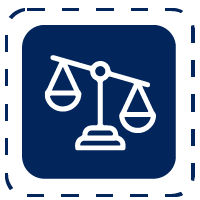


1. You speak directly to a lawyer
When you call the Go To Court Legal Hotline, you will be connected directly to a lawyer, every time.

2. Get your legal situation assessed
We determine the best way forward in your legal matter, free of charge. If you want to go ahead and book a face-to-face appointment, we will connect you with a specialist in your local area.

3. We arrange everything as needed
If you want to go ahead and book a fact-to-face appointment, we will connect you with a specialist in your local area no matter where you are and even at very short notice.


